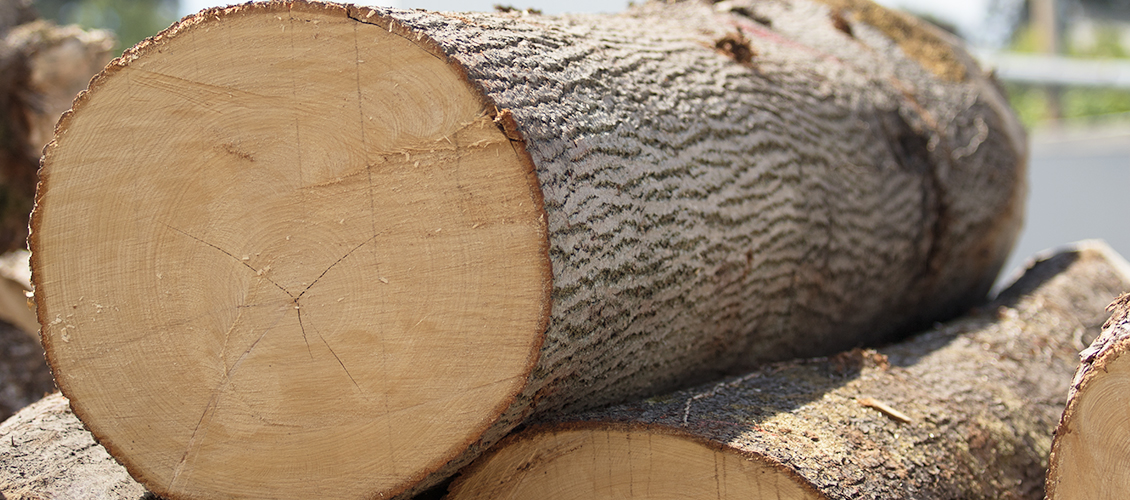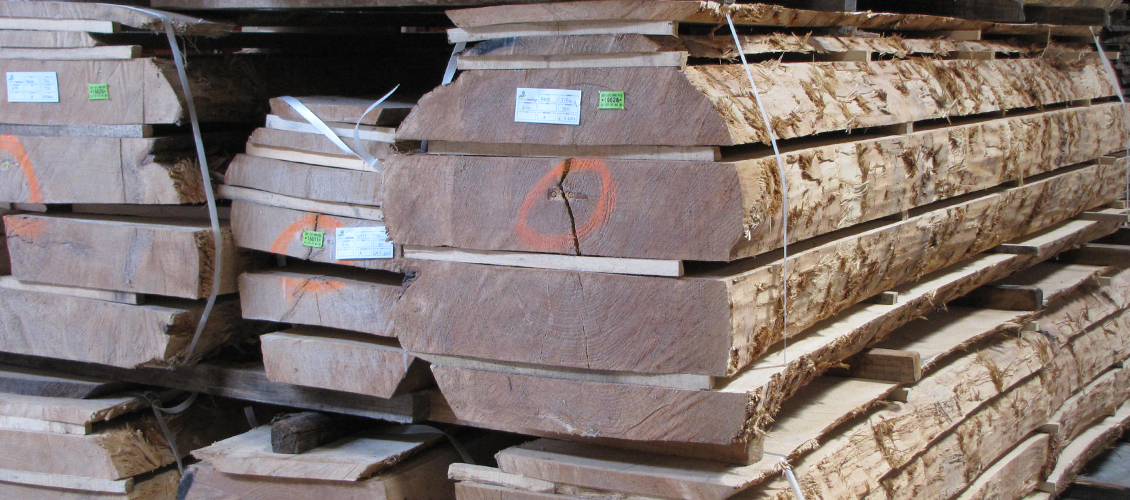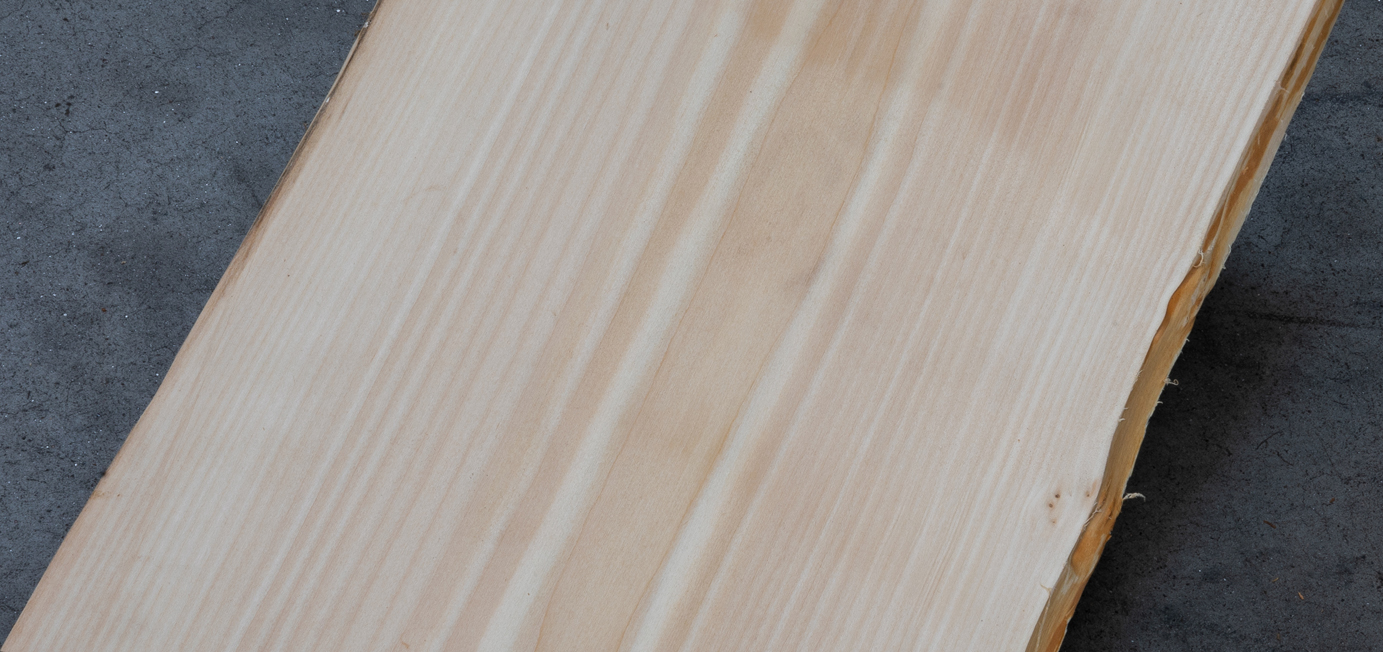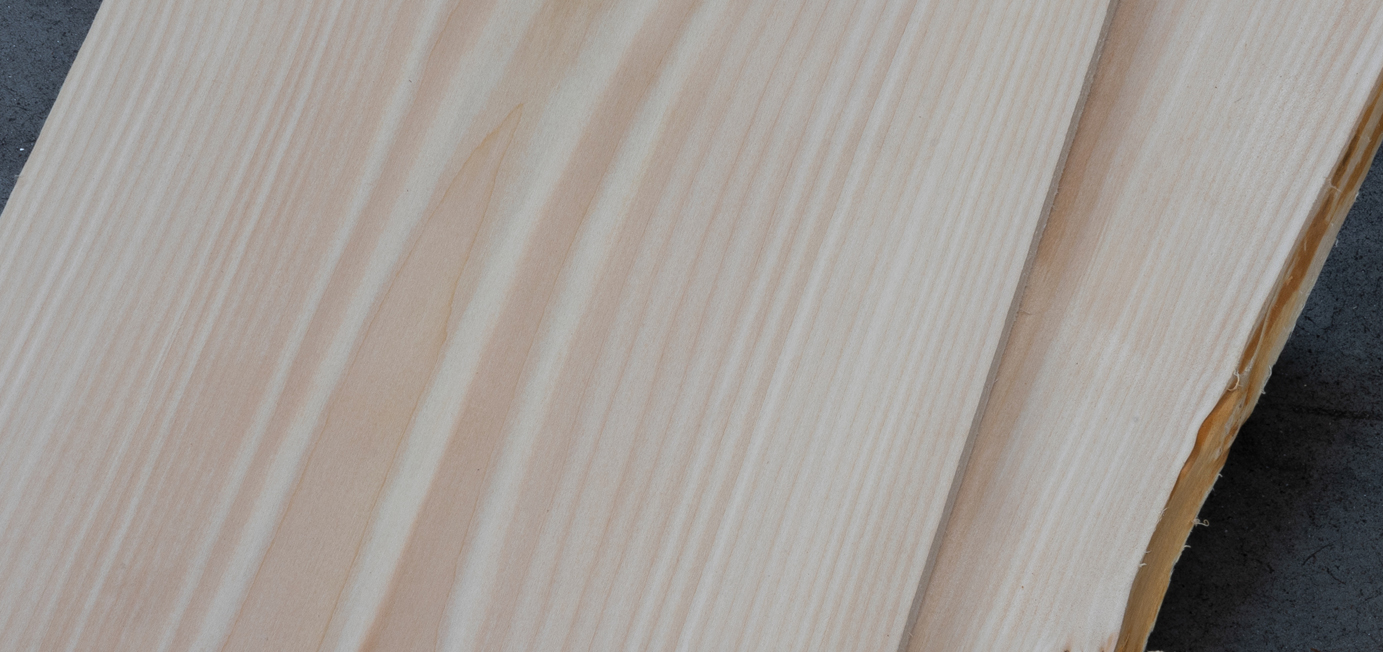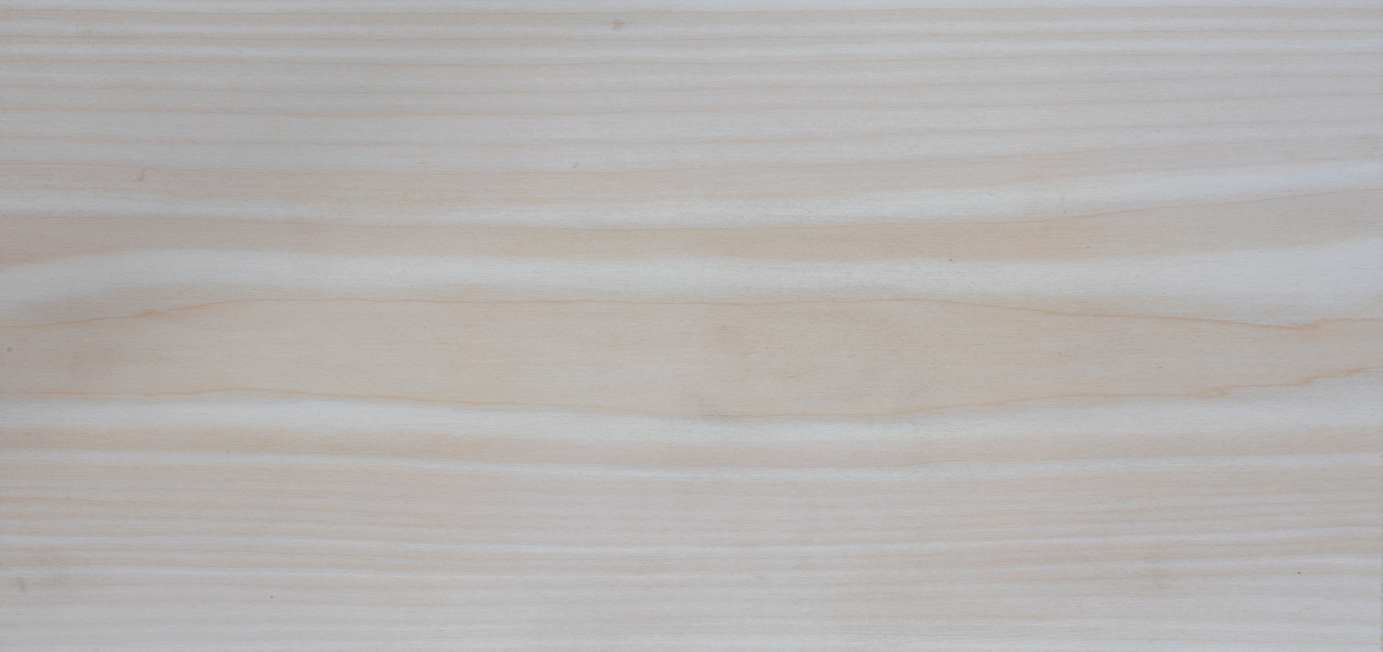The typical wood of carvers and widely used also for sculptures
In Europe, lime is the wood of choice of carvers, such as the basswood (T. americana ) in the United States, and there is not much more usage for it. The Texture is thin and uniform, the wire is straight, the closed pore and the wood is well cut, without breaking. In other words, it is everything that a wood carver prefers. The only downside is not having practically color or design and it turns yellowish with age. The cheeks and corners of the scanned parts are noted drawings rays or timber, but the timber is not evaluated by this.
Hardness: Moderately lenient Weight: Medium (540 Kg/m3 ) Type: Timber of hardwoods of the temperate zone
Resistance: Moderate; it is flexible and does not divide
Color: Cream Textures: Very thin and uniform
Other names: European lime, Linde (Germany and the Netherlands )
Similar Species: T. europea
Alternatives: Basswood (T. americana jelutong ( dyera costulata )
Origin: Europe
Thread: Straigh tightened
Drying and stability: a little retractive and it may crack during the drying process
Degree of waste: Moderate, it may contain some knots and cracks that may need to be avoided. It doesn’t have a lot of post Width of the parts: Good
The thickness of the parts: It has available thicker parts, suitable for the notches.
Durability: Low durability
Application: The typical wood of carvers and widely used also for sculptures (Put photo of the tree and wood ash)

